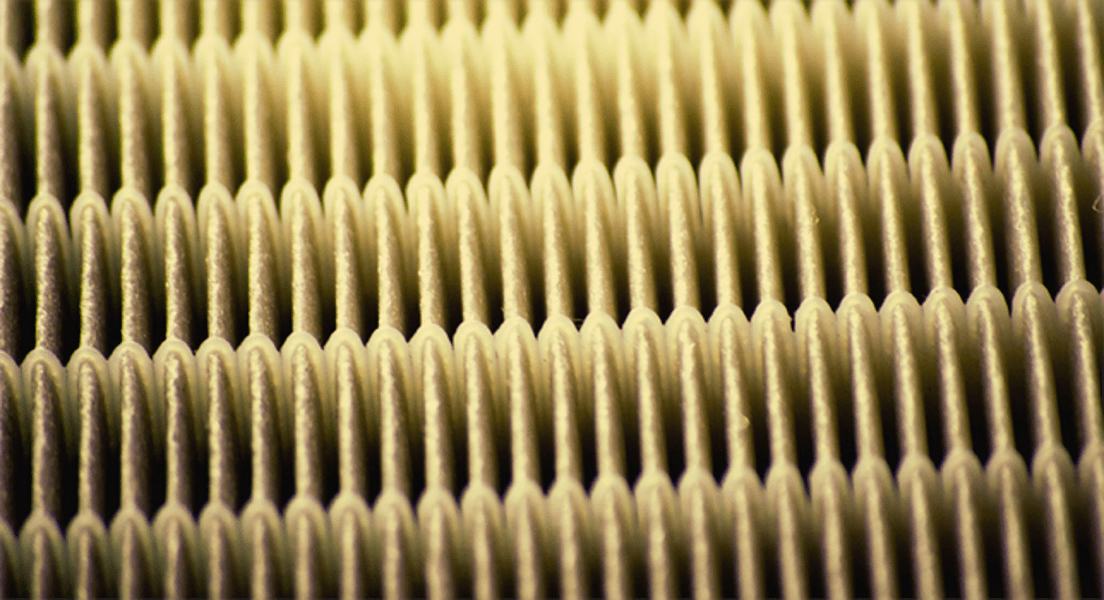Market Report
The Future of Global Nonwoven Wipes to 2023

The shift towards environmentally friendly wipes is driving the global nonwoven wipes market towards a $22 billion market.
According to The Future of Global Nonwoven Wipes to 2023, in 2018, the global nonwoven wipes market is valued at $16.6 billion. By 2023, total value will grow to $21.8 billion, an annual growth rate of 5.7%.
Home care has now surpassed baby wipes globally in value, though baby wipes consume over four times as many tonnes of nonwovens as home care wipes. Looking ahead, Smithers predicts the major difference in wipes value will be the switch from baby wipes to personal care wipes.

Globally, wipe consumers are desiring a more environmentally sustainable product, and the flushable and biodegradable wipes market segment is receiving a lot of attention. Nonwoven producers have responded with significant expansion in processes using sustainable cellulosic fibres. Sales of nonwoven wipes are also being driven by:
Smithers latest research into this market pinpoints four key trends that are affecting the industry.
Sustainability is a major consideration for nonwoven-based wipes. Nonwovens for wipes compete with paper and/or textile substrates. The papermaking process uses large quantities of water and chemicals, and emissions of gaseous contaminants are historically common. Textiles require high levels of resources, often requiring heavier weights (more raw materials) for a given task. Laundering adds another layer of water and chemical use. In comparison, with the exception of wetlaid, most nonwovens use little water and/or chemicals and emit very little material.
Better methods of measuring sustainability and the consequences of not being sustainable are becoming more and more apparent. Governments and consumers are concerned, which is most likely to continue. Nonwoven wipes represent a desirable solution.
One of the most important drivers for wipes over the next five years will be the oversupply of high-quality nonwovens for the wipes market. Some areas where oversupply is expected to have a major impact are in flushable wipes, disinfectant wipes and even baby wipes. This will result in lower prices and accelerated product development as nonwovens producers attempt to sell this oversupply.
One example is hydroentangled wetlaid spunlace used in flushable wipes. Just a few years ago, only Suominen produced this nonwoven type, and on only one line. As the flushable moist toilet tissue market grew globally, and pressure to use only flushable nonwovens increased, prices were high, supply was limited, and the flushable wipes market responded. Several inferior, but marginally flushable, nonwovens were developed and used; these caused more harm than benefit in the marketplace however.
In 2018 there is about twice as much high-quality hydroentangled wetlaid capacity as there is flushable wipes demand.
Wipes performance continues to improve and in some applications and markets have ceased to be a luxury, discretionary purchase and are increasingly a requirement. Examples include flushable wipes and disinfecting wipes.
Flushable wipes originally were not dispersible and were inadequate for cleaning. However, these products have improved to the point now that most consumers cannot do without them. Even if governmental agencies try to outlaw them, it is expected that most consumers would use fewer dispersible wipes rather than do without.
Disinfectant wipes once were effective against E. coli and a number of common bacteria. Today, disinfectant wipes are effective against the latest flu strains. Since prevention is the most effective means of controlling such diseases, disinfectant wipes are almost a requirement for both the home and healthcare environments. Wipes will continue to respond to societal needs, first in a rudimentary sense and later in an advanced mode.
More and more nonwovens production is moving to Asia, but interestingly some major raw materials are not prevalent in Asia. Petroleum in the Middle East is reasonably close, but the North American shale oil supply and refineries are further away. Wood pulp is also centred in North and South America. Transportation adds uncertainty to the supply situation.
Political issues in the form of a growing governmental desire for protectionism in trade can have major consequences. Anti-dumping charges against major raw materials produced in other regions can wreak havoc with supply and demand.
For example, the US has put in place protective measures against imported polyester; even though production of polyester in North America does not meet domestic demand. So, while globally there is an oversupply of polyester, the North American region may very well experience supply shortages and high prices. The wipes market will be aided by stable raw material prices and hindered by volatile pricing.
The Future of Global Nonwoven Wipes to 2023 offers a comprehensive data set on consumption and market share, as well as analysis on the major key players and industry trends. For more information, download the brochure.